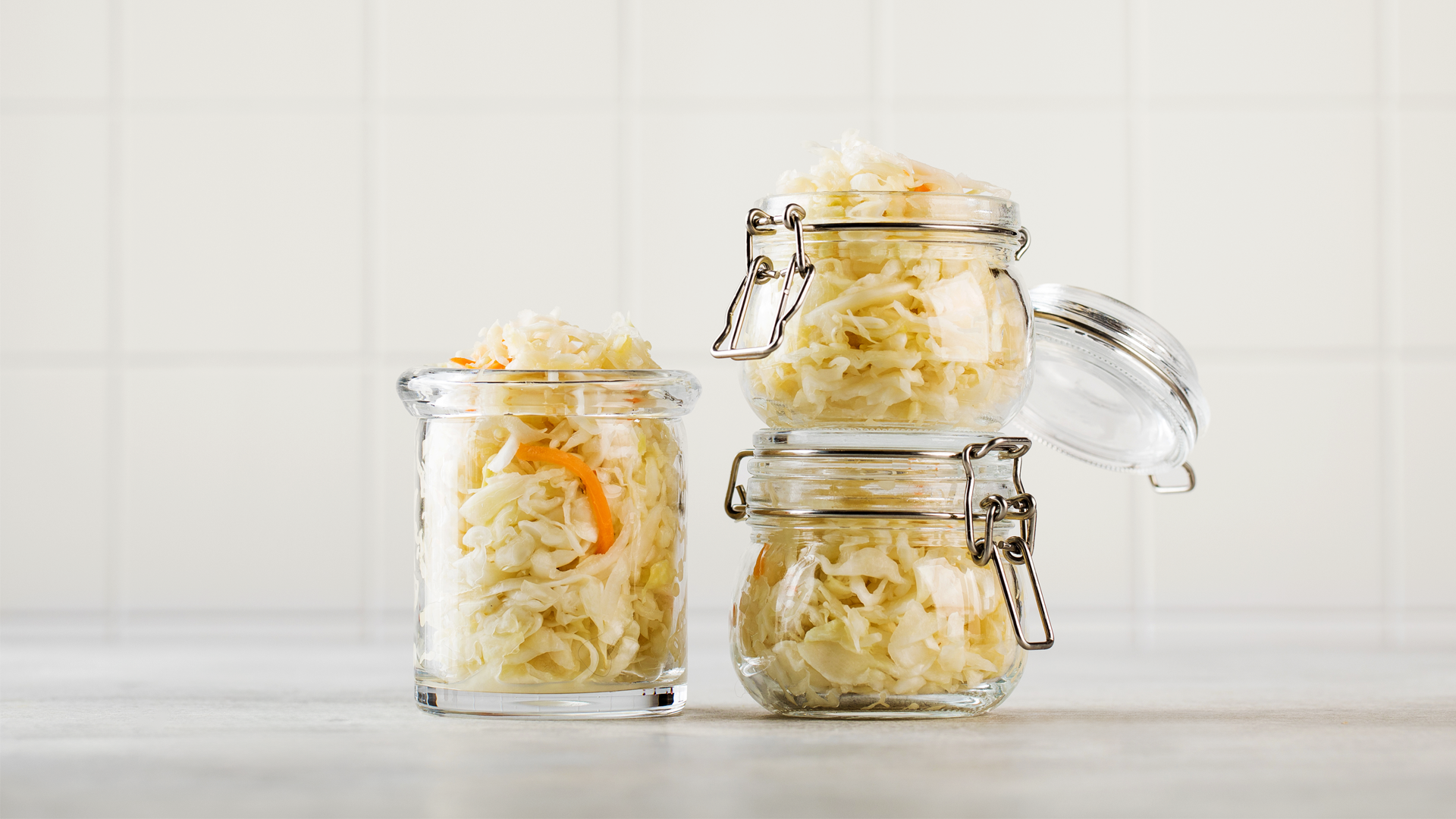Gassy baby or colicky infant? Life with a newborn can be a rollercoaster of sweet smiles and cuddles, combined with grunts, grimaces and restless nights. Rest assured, having a gassy baby or a baby with colic is actually quite common, particularly as their delicate digestive systems continue to mature. This guide dives deep into the world of gassy newborns and colicky babies, explaining the differences and offering tips to help your little one feel comfortable and happy.
Does my baby have colic or is it gas?
While gas and colic may share some similar symptoms, they are two distinct conditions that require different approaches for management and relief.
Gas in babies is a common occurrence, especially since their digestive systems are still developing. It often leads to crying or fussiness, particularly after feeding. Excessive gas can create discomfort, but it’s usually manageable with proper care.
Colic, on the other hand, is very different. Baby colic is characterised by excessive crying in otherwise healthy babies, usually occurring in a baby’s first few months of life. Babies with colic can cry relentlessly, leaving parents feeling helpless and in distress. Here’s how you can differentiate between the two.
Baby gas symptoms
Gas discomfort typically arises due to factors like an immature digestive system, imbalances in the gut microbiome, possible food sensitivities, and burping.
Symptoms of a gassy baby include: crying, fussiness, relief after passing gas, squirming, and increased fussiness after feeding. Although excessive gas can create discomfort, it’s usually manageable with proper care.
Gassy baby relief: Burping during and after feedings
During feeding, tiny gas bubbles can sneak into your baby’s tummy along with the air. These bubbles can cause discomfort. While it’s common practice to burp your little one after feeding, consider trying it during feeding as well. This approach can offer gas relief, particularly during those nighttime feedings before bedtime.
Positioning Your Baby for Gas Relief
When it comes to soothing a gassy baby, the right positions can make a difference:
Left Side: Gently roll your baby onto their left side while cradling them in your arms. You can also rub their back to keep them calm.
On the Back: Lay your baby on their back and gently move their legs as if they’re pedalling a bicycle.
Tummy Time: Placing your baby on their tummy has multiple benefits, including aiding digestion. The slight pressure on their abdomen encourages movement and can help break up those pesky gas bubbles.
Colic in Babies: Symptoms and how to soothe
Colic, on the other hand, is defined by long periods of crying and hard-to-soothe behaviour without any apparent cause.
Crying episodes typically last for three or more hours a day, three or more days a week, and persist for at least three weeks. It often occurs in the late afternoon or evening, causing distress and frustration for both the parents.
Symptoms usually peak when an infant is about six weeks old and decline significantly after three or four months.
Why does my baby have colic?
The reasons for colic are multifactorial and not yet fully understood, yet there is a growing body of evidence suggests that the gut microbiome contributes to development of the condition.
Colic and the gut microbiota
Research reveals that infants with colic exhibit distinct imbalances in their gut microbiota. In fact, infantile colic stands out as one of the most extensively studied conditions in the realm of pediatric microbiome research.
Help! My baby has colic
While colic is complex and causes distress to babies and parents alike, these tips may help soothe your baby and bring some peace to your household:
Skin-to-skin contact: Holding your baby close, skin-to-skin, can be incredibly calming. This close contact regulates your baby's temperature, heart rate, and breathing, fostering a sense of security and well-being.
Movement: Try carrying your baby in a sling or carrier while walking, rocking, or swaying gently. The rhythmic movement can be soothing and help distract your baby from the discomfort.
Self-care and asking for help: Looking after a colicky baby can be challenging and may leave many parents feeling anxious, inadequate, and stressed. Remember to take care of yourself during this demanding time and ask for help when needed.
A transient turmoil
The good news is that both gas and colic are temporary conditions, and many babies outgrow them as they mature.
If you're unsure whether your baby is experiencing gas or colic, it's always best to consult with your health care professional. They can offer personalised guidance and support tailored to your baby's specific needs.





